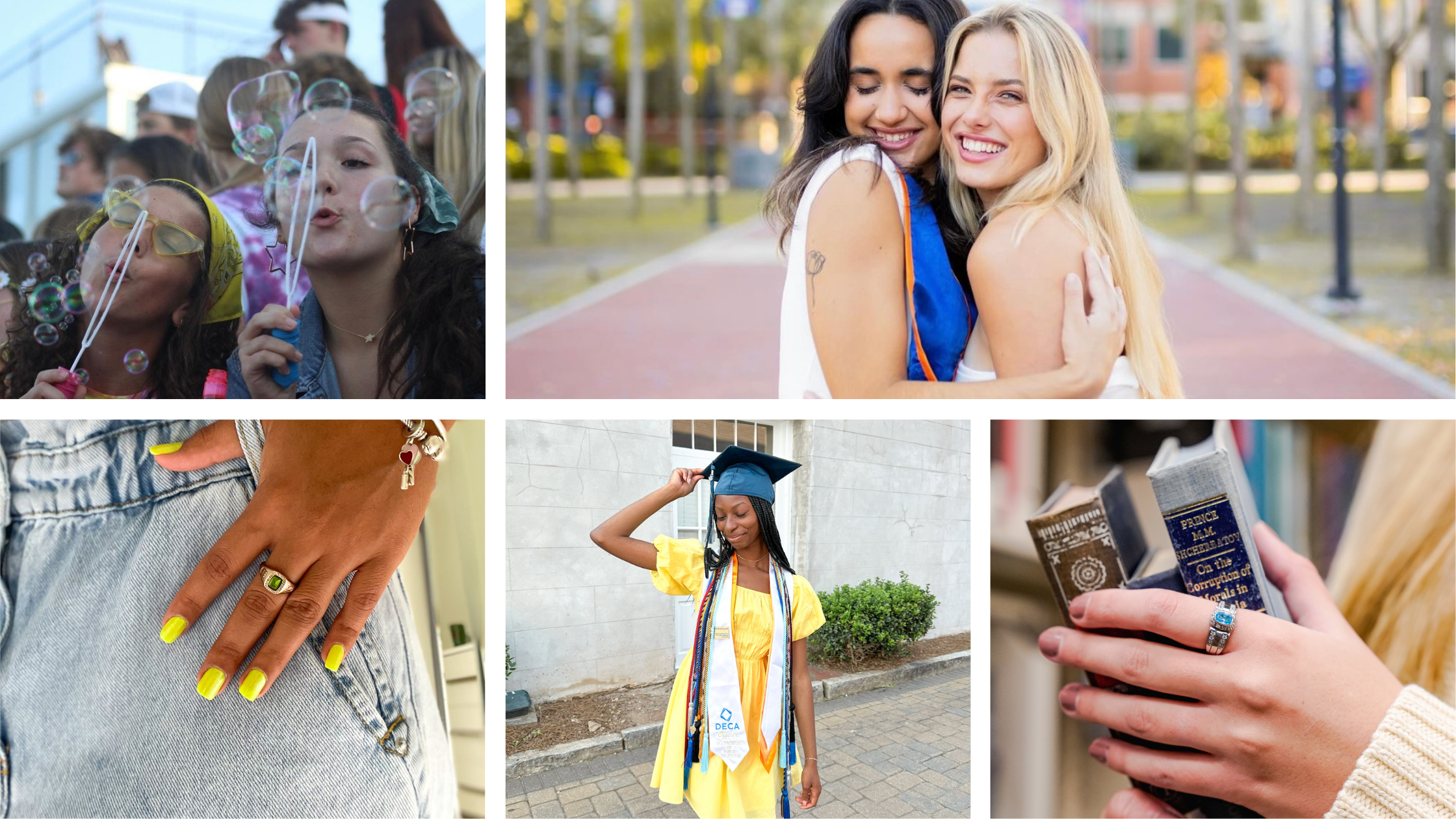
The History of Graduation Caps and Gowns
Why a cap and gown?
Other formal gatherings generally call for a suit and tie, or a dress. So, what’s with a cap and gown for graduation?
The answer takes us back to the time when the first universities were being founded during the 12th and 13th centuries. Those universities were typically founded by the clergy and both the professors as well as the students wore gowns and hoods that signified a religious status.
Also, since students and faculty wore their gowns all the time, the gowns were a way to differentiate the people at the university from the residents of the town where the university was located. It was the first instance of a slight controversy that continues to this day. That being the schism that seems to exist in university towns between “town and gown.”
Many suggest that wearing the gowns all the time was also a way to provide added warmth in the typically unheated buildings of the time. This could also provide an explanation for why the gowns had hoods. Since typically the clergy would have shaved their heads.
As time passed, these English and European traditions followed their way to the states and the early universities that were being established here. As it was overseas, students were required to wear their “college habits” at all times.
But during the period immediately following the Civil War there arose a general distaste for anything “British,” which included academic clothing such as gowns. This was when academic regalia began to be strictly reserved for graduation.
On a more altruistic note, it’s been noted that one of the reasons for everyone sharing the same dress on graduation day was a way to remove any disparities between a wealthy individual graduating and someone who perhaps couldn’t even afford a single suit. In the university’s eyes, and in the eyes of all those who were attending the graduation, everyone was equal when it came to academic achievements. Therefore, they all dressed the same.
In 1894, an American Intercollegiate Commission met to establish a standardized style for both robes and hoods. There it was determined that there would be certain standards that graduation regalia should adhere to. Such as that all robes should be black, hoods would be made of the same material as the gowns, only the lining of the hood could indicate the individual universities and numerous other proposals.
While the gown hasn’t changed much over the years, the graduation hat, on the other hand, has had many different iterations. The most common being the mortarboard hat. This particular style of cap is believed to have been developed in the 15th century, evolving from the square-shaped birettas used by Catholic clerics, scholars, and professors.
The tassel worn on the mortarboard is the one item of regalia that has probably allowed for the greatest latitude when it comes to traditions. It has been black, or the university’s colors, or the colors of the specific college, or the academic discipline. The tassel has also been used to indicate membership in national honor societies or other awards.
It was during the 1950s that students became more interested in using different colors to represent their particular school, the way European countries had been doing since the 1800s. This is something that has grown in popularity over the years.
As it has been with generations before, as time changes so do the accepted standards that are applied to the traditional graduation regalia. While there is an Inter-Collegiate Code that sets a standard that colleges and high schools are expected to follow, these are voluntary and not all institutions entirely adhere to it. That said, a black gown and motor cap are still the most commonplace combination.
Additional Resources
What makes a frame a frame?
A frame is made up of several parts and each one contributes to the overall quality and protective nature of a frame.
The Importance of Networking - A Helpful Blog for the College Grad
As a College student or a recent graduate, you have begun to understand the importance of networking.Whether it’s to help attain that first job out of school or move on to a new one, networking can play a huge role in helping you achieve your goals. Education and experience are …
Virtual Graduation Tips for Administrators
How to hold a successful, virtual graduation.It’s true what they say, “No one knows what the future holds.” Each and every school year brings about unexpected twists and turns. Obviously, the worldwide COVID-19 pandemic has made it more challenging than most, but we still want to make sure our students …